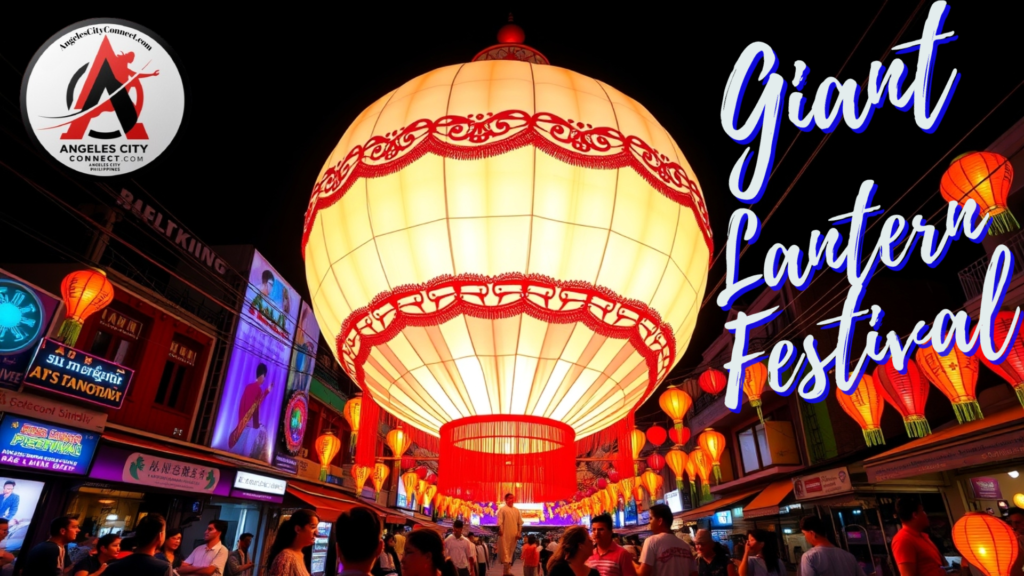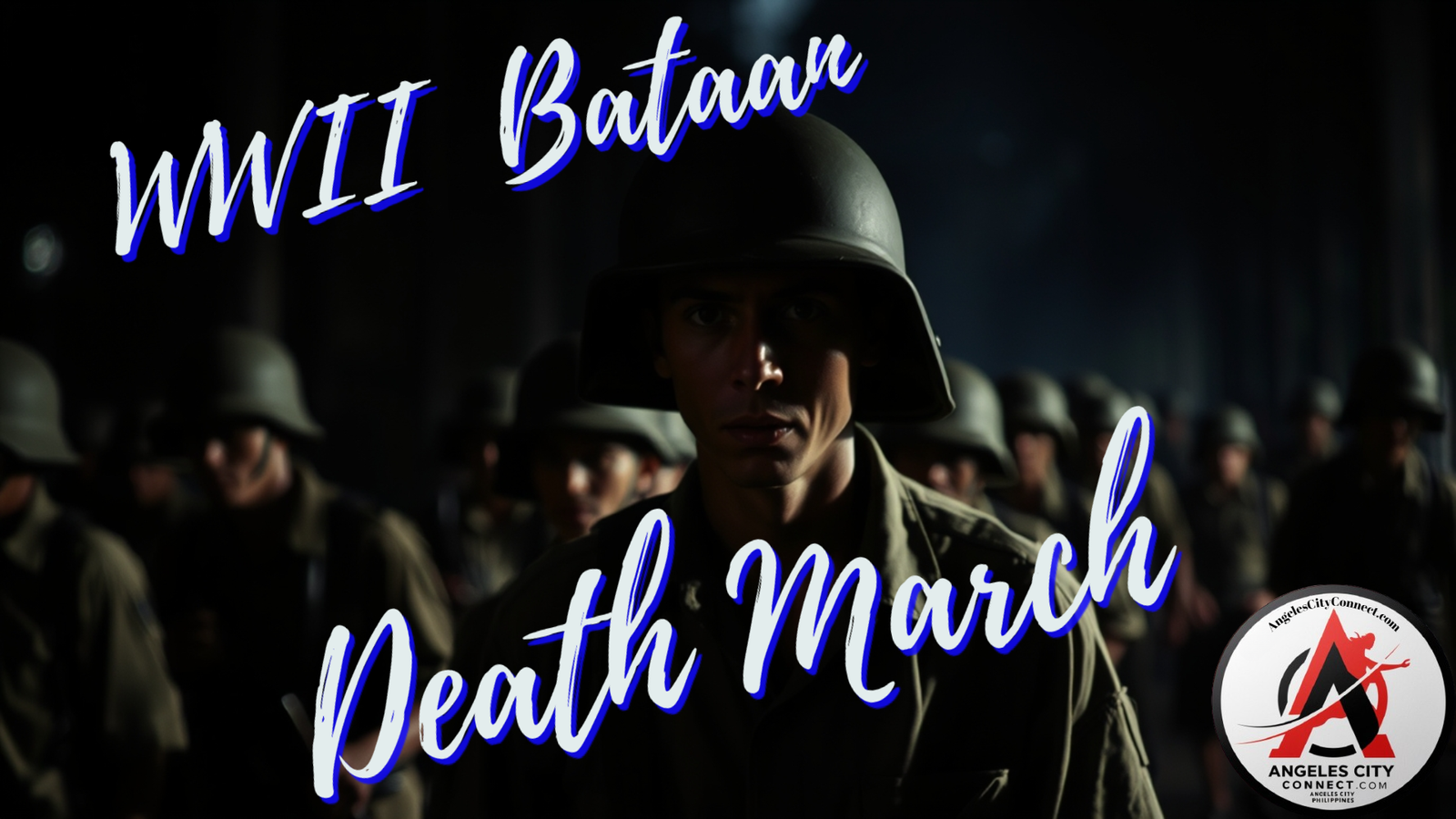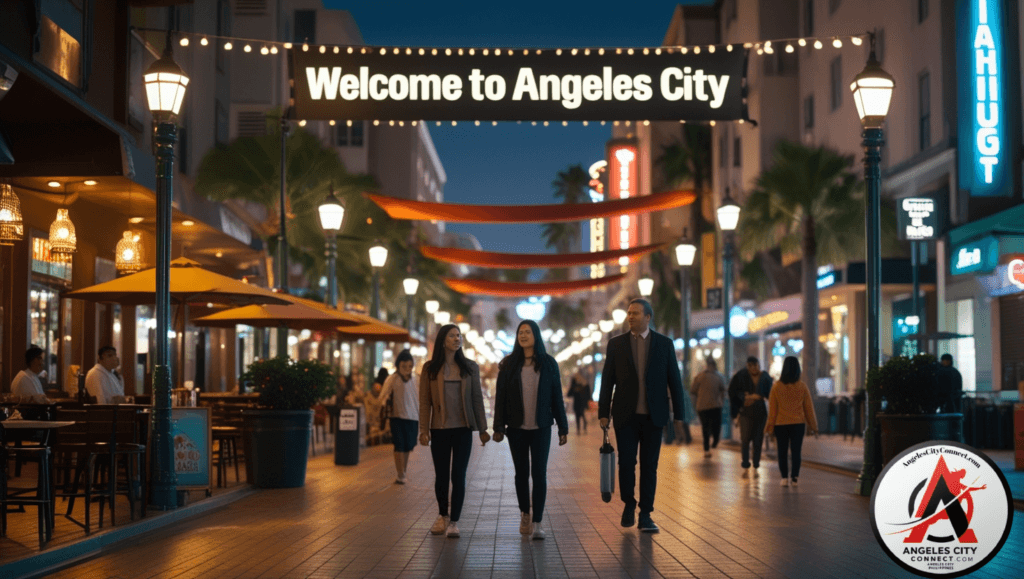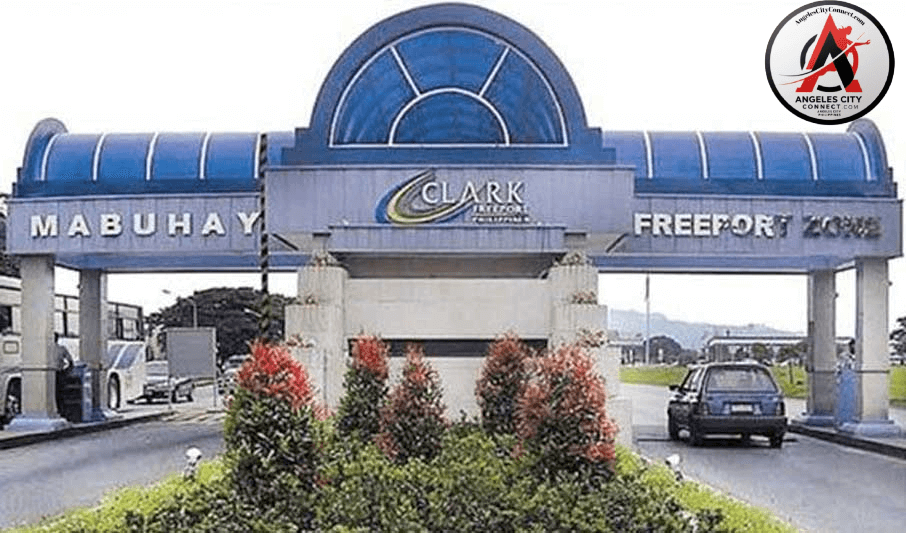
San Fernando Info
San Fernando is a Philippines city in Pampanga province, northwest of Manila. It’s known for its Giant Lantern Festival, with traditional Christmas parol lanterns. The railway station, now a museum, was the end point of the WWII Bataan Death March. The Archdiocesan Museum and Archives has religious and cultural artifacts. To the northeast, the Candaba Wetlands attract rare bird species.
San Fernando Restaurant Cafe Guide: Exploring Culinary Delights
Embark on a flavorful journey through San Fernando's vibrant culinary scene. Our comprehensive guide to San Fernando Restaurants & Cafes showcases a diverse range of dining experiences, from elegant fine dining to charming local cafes and bustling street food stalls. Discover hidden gems and popular favorites, and insider tips. Whether you're seeking traditional Kapampangan cuisine, international flavors, or a cozy cafe to unwind, our guide will help you navigate the best places to eat in San Fernando.
Restaurants & Cafes

San Fernando Facts
Country: Philippines
Province: Pampanga
Nickname: Christmas Capital of the Philippines“
Region: Central Luzon
Capital: Pampanga
Airports: Clark International Airport..N 6900 Clark Airport Road, Clark Freeport, Zone, Pampanga
Languages spoken: Tagalog, English, and local dialects
Weather: tropical climate with a dry season and a wet season
Average temperature: 84°F (29°C)
Best month to travel: April
Wettest month: August
Popularly known as the “Christmas Capital of the Philippines”, the city holds the annual Giant Lantern Festival every December where large parol are displayed in competition. CNN has hailed the city as ‘Asia’s Christmas capital.

San Fernando, Philippines:
Overview
San Fernando, officially known as the City of San Fernando, is the capital city of the province of Pampanga in the Philippines. Located approximately 80 kilometers north of Manila, San Fernando is a vibrant urban center known for its rich cultural heritage, economic significance, and strategic location.
Historical Significance
San Fernando has deep historical roots, dating back to its establishment in the 17th century. It played a crucial role during the colonial period and was an important center for agricultural production, particularly in rice and sugar. The city is also notable for its connections to the Philippine Revolution and World War II, with several historical landmarks reflecting its storied past.
Economic Landscape
The economy of San Fernando is diverse, characterized by a mix of agriculture, trade, and industry. The city is a vital commercial hub for Pampanga, with numerous shopping centers, markets, and local businesses catering to both residents and visitors. It has also become a prime location for various industries, including food processing, manufacturing, and logistics, bolstered by its proximity to major transportation routes.
Cultural Highlights
San Fernando is known for its rich cultural traditions and festivals. One of its most famous events is the “Giant Lantern Festival,” held annually in December, which showcases spectacular lanterns crafted by local artisans. This festival draws tourists from all over the country and highlights the city’s artistic talents and community spirit.
Geography and Environment
San Fernando features a mix of urban and rural landscapes, with residential neighborhoods, commercial establishments, and agricultural areas. The city enjoys a relatively flat terrain, making it suitable for various agricultural activities. The climate is tropical, with distinct wet and dry seasons, contributing to the fertile lands that surround it.
Education and Infrastructure
The city is home to several educational institutions, including universities and colleges, making it a center for learning in the region. San Fernando boasts well-developed infrastructure, including roads, public transportation, and health facilities, supporting its growing population and economic activities.
Community and Lifestyle
Residents of San Fernando enjoy a vibrant community life, with various social, cultural, and recreational activities available. Local cuisine, influenced by Kapampangan culinary traditions, is also a significant aspect of daily life, with many food establishments offering traditional dishes.
Conclusion
San Fernando, Philippines, is a dynamic city that beautifully blends tradition and modernity. Its rich cultural heritage, economic vitality, and community spirit make it an important city in Central Luzon, attracting residents, businesses, and tourists alike. As it continues to grow and evolve, San Fernando remains a testament to the resilience and creativity of its people.





